When it comes to preserving history and learning from it, we can’t rely solely on statistics, public records, diaries, and other written sources if we want to get a full picture of a specific time period. Oral history can often fill in the gaps left by written records, adding depth and dimension to the story of the past.
The key to accessing this perspective is the oral history interview. But an oral history interview is about more than simply asking a few questions and recording the answers.
Conducting an oral history interview
According to the Oral History Association, oral history is “a field of study and a method of gathering, preserving and interpreting the voices and memories of people, communities, and participants in past events.”
In an oral history interview, a well-prepared interviewer poses questions to an interviewee, or “narrator.” The interviewer records the discussion via video or audio, and then transcribes it and creates an abstract for it so others can access it through a library or archive. People often use oral history interviews to inform museum exhibitions, documentaries, and other public presentations.
The Oral History Association’s recommendations for conducting an oral history interview cover four best practices: preparing, interviewing, preserving, and providing access.
What we’re focused on here is the interview itself, so let’s talk about preparing for and conducting an oral history interview.
Preparing for the interview
Make sure you clarify a few things before you begin — like what your purpose is for the interview, how you’ll find narrators, how you or others will use the interview, whether the interview will be biographical or focused on a specific topic or event, and where you’ll archive it.
Choose narrators based on any experience they have that’s relevant to your topic, but be sure to include diverse voices.
Do background research into the historical period you’re gathering information on. You’ll need to be familiar with the history and characteristics of the culture your narrator is from if this is relevant to your project. You can develop a list of topics and questions based on your research for the interview.
Be prepared to clearly explain the project to the narrator, including respectfully answering any questions they have about why you’re interviewing them. Share with the narrator how you or others will use the interview and where it will be stored, whether in a university or other archive, a publication, or on the internet. Describing the project and process, and answering questions will help you establish a rapport with the narrator.
Confirm the length of time you’re requesting for the interview, and go over the process and timing for conducting a follow-up interview, if necessary. Make sure you and the narrator agree on the date, time, and other details.
Test your recording equipment prior to the interview, and be sure you’re able to record for two to three hours.
You’ll also need to get signed consent from the narrator in the form of a deed of gift. A deed of gift “defines how the narrator would like materials or rights related to an oral history to be managed as a donated collection — that is, transferred to an assigned party, such as the project director or a partnering/sponsoring organization or archive.”
By signing a deed of gift agreement, the narrator gives an individual or organization the rights to use the oral history materials without having to compensate the narrator for them.
If you’re conducting an oral history interview, be sure that you collect a deed of gift properly and that everyone involved signs it. To get a better idea of what a deed of gift looks like, here’s a sample from the University of Kentucky. Jotform makes collecting these forms much easier — with the e-signature widget, narrators can complete them online.
Conducting the interview
Once you’ve explained the oral history project and your process to the narrator and received their consent, you’re ready to conduct the interview. Here are a few tips to make the process go smoothly.
Keep in mind that an oral history interview isn’t a conversation or a simple Q&A session. Your role when conducting an oral history interview is to emphasize the narrator’s story. Ask questions and follow up on the answers to gather more information when necessary. Try your best to put the narrator at ease.
Ask more than one type of question. Yes-no questions are fine for gathering factual information, but you’ll also want to ask plenty of open-ended questions to get responses with more dimension and context.
For example, you might ask, “What it was like to go to college during the Great Depression?” This is a question I asked while interviewing someone who came of age in the U.S. in the late 1920s and early 1930s for a college oral history project; it revealed a treasure trove of useful insights.
Respect the narrator’s right to avoid discussing certain topics or to outline parameters for the interview. You may also want to ask the narrator if they would prefer you didn’t use their actual name. (You may prefer to clear up these details when you’re preparing for the interview.)
Listen carefully, but make a note when the narrator says something you’d like to follow up on. You can ask follow-up questions when there’s a pause in the narrator’s response, but don’t interrupt them.
Don’t argue or express your own opinions. If the narrator asks what you think, remind them that they’re the focus of the interview and it’s meant to explore their life and opinions.
Try to dig deeper if the narrator shares superficial responses, but make sure you’re focused on getting responses that the narrator is comfortable giving you — and reassure them they can do that in their own style and language.
Pay attention to the narrator’s signals, especially watching for clues for when they’re getting tired. If this happens, you can take a break or arrange to finish the interview at another time.
Thank the narrator for their time when you’ve reached the end of the interview. It’s also nice to add that you enjoyed hearing about their life. Answer any questions they might have about next steps in the process.
Universities and many other institutions conduct oral histories. These interviews require a lot of work and long hours to complete, and you should never conduct one without a narrator’s full consent.
While it’s simple to get consent during in-person interviews by just sliding the paperwork across the table at the end of the interview and asking the narrator to sign it, remote interviews can pose a challenge.
Luckily, the Jotform oral history interview deed of gift form makes the process of gathering consent simple and straightforward for all parties. It’s a user-friendly way to collect a signature from the interviewee, and it provides conditional logic, so the signer can express restrictions to the interview if they want to.
Once they submit the form, they’ll see a landing page that thanks them for their submission, and they’ll automatically get an email receipt for it.

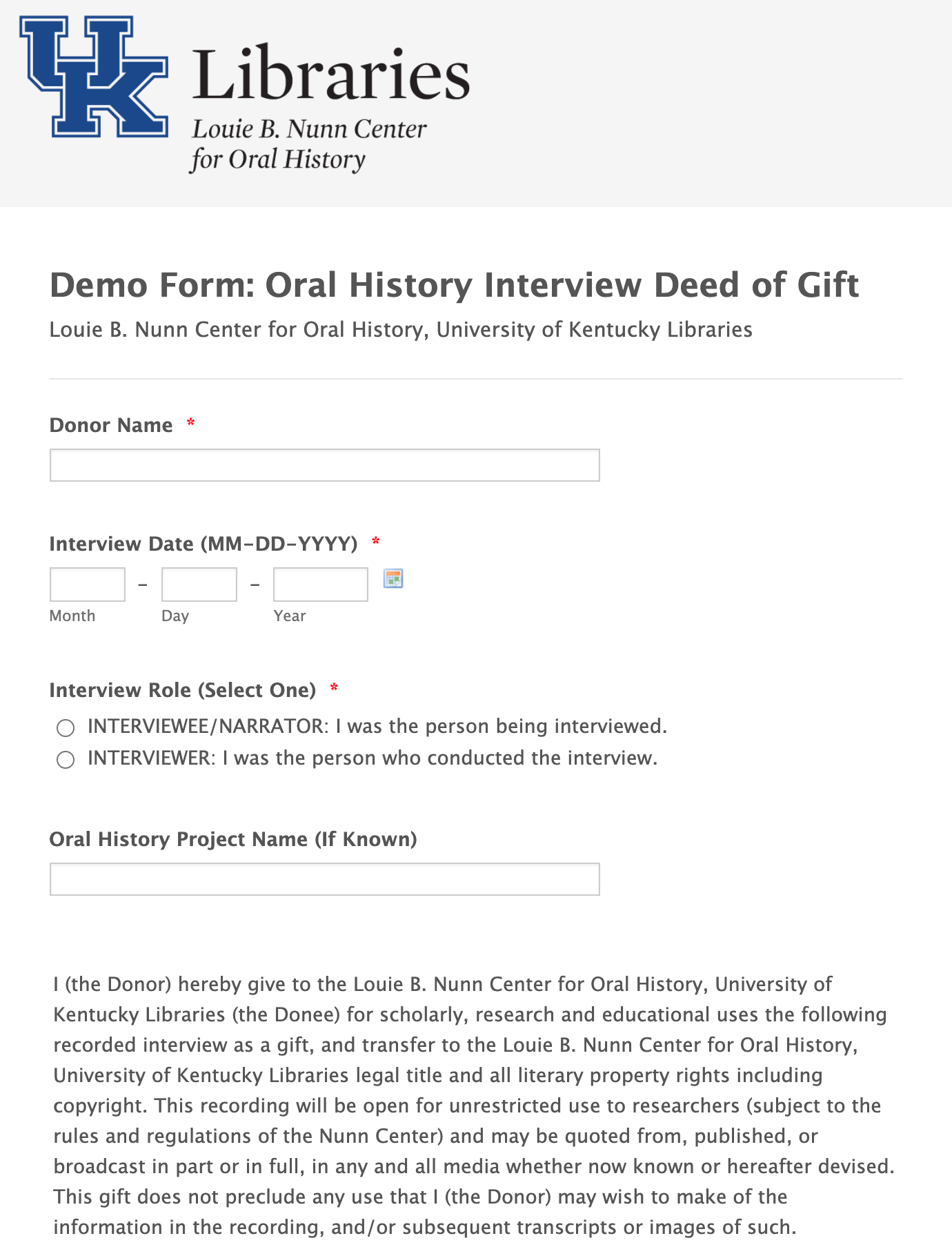


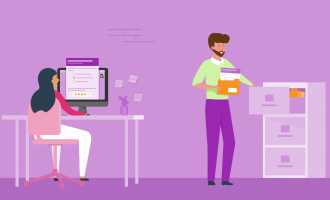

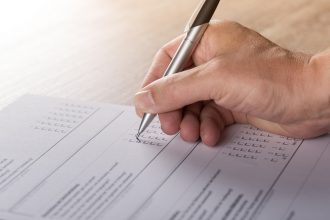


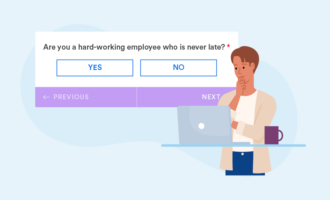





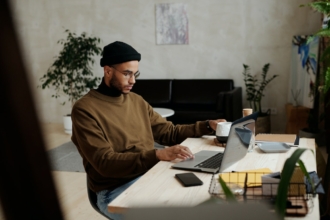
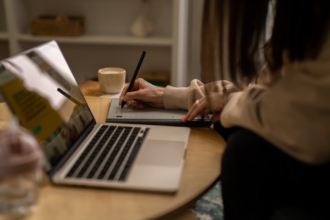

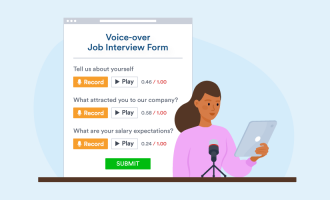
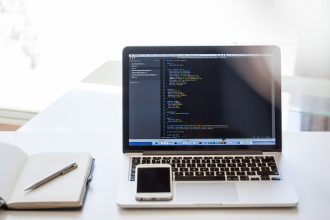

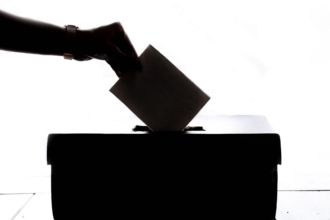

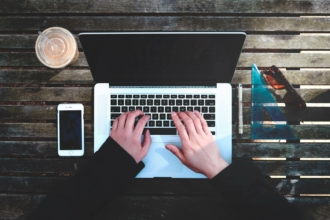




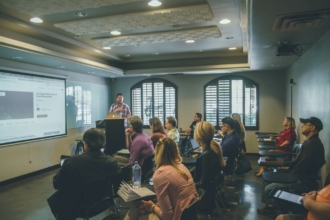






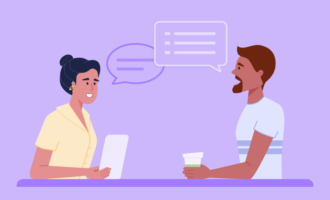
Send Comment: